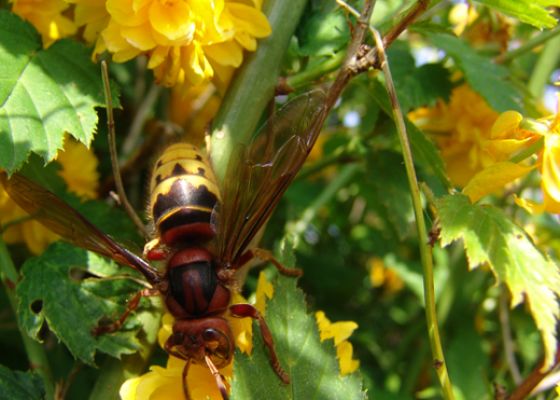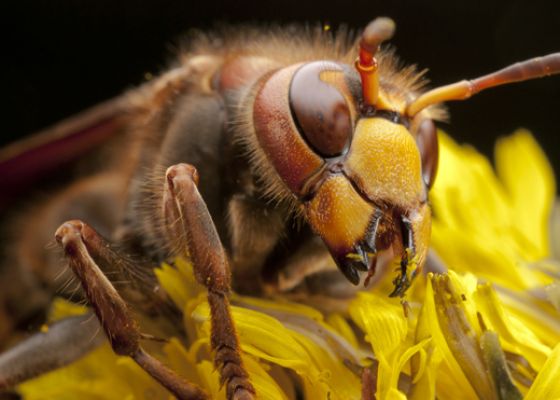Related Products
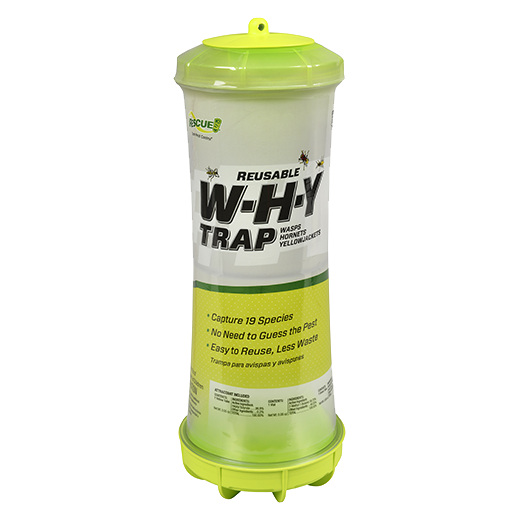
W·H·Y Trap for Wasps, Hornets & Yellowjackets
The W·H·Y Trap has two chambers and three lures to catch 19 d...
VIEW PRODUCT »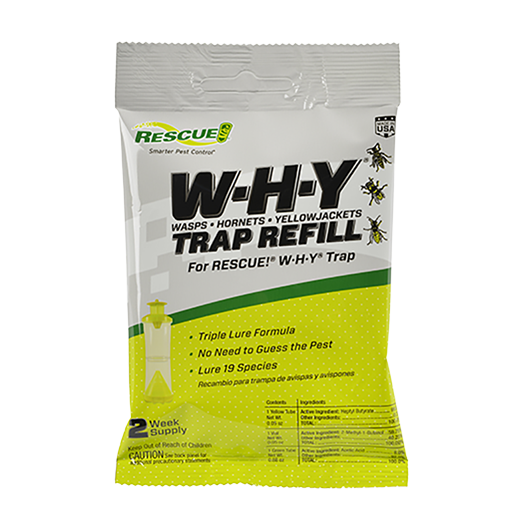
RESCUE! W·H·Y Trap Refill Kit
The RESCUE! W·H·Y® Refill Kit works inside the W&mid...
VIEW PRODUCT »European Hornets
European hornets are sometimes known as “gentle giants”. They are large and will only sting when threatened, but they work together to defend their nest against anyone who comes too close.
Geographic region
European hornets are found in the United States from the Dakotas to the Northeastern U.S., extending south from Louisiana to Florida.
Natural habitat
Though the European hornet prefers forested areas to urban settings, many suburban homes in the U.S. are located near these wooded habitats, which increases the likelihood of human contact.
European Hornet nests are typically built in hollow trees, but can be found in barns, sheds, attics and wall voids in buildings. Frequently, the nests are built in the openings of protected cavities. Nests built in wall voids may emit a stench. Mature nests usually have 300-500 workers, but they can occasionally number up to 1,000.
Weather conditions
Like all wasps, hornets and yellowjackets, European hornets thrive in warm weather. The earlier the weather warms up in spring, the earlier the queen can establish a nest -- and the more severe the problem later in the summer.
Behavior
Although typically active during the daytime, European Hornet workers may fly at night in humid, windless conditions and are attracted to external lighting and windowpanes. European Hornets have an exceptionally long seasonal cycle, reproducing from late August through November. Workers prey on a variety of insects -- including grasshoppers and other orthopterans, flies, honeybees and yellowjackets -- to feed their larvae. Hornets can also "girdle" a variety of trees for sap, including ash, lilac, horse chestnut, dogwood, dahlia, rhododendron, boxwood, and birch -- which may result in the death of the tree. Colonies last for one year and only the queen survives the winter.
Unique characteristics
- European Hornets are easily recognized by their large size and black, yellow and rusty red coloration.
- About an inch long with a plump body shape, the European Hornet can appear rather intimidating.
- Their heads are yellow and red, and the thorax is black with red markings.
- The abdomen starts out red and continues with bands of yellow and black.


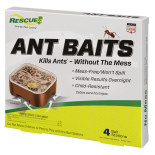 Ant Baits
Ant Baits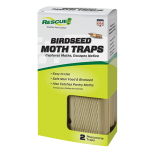 Birdseed Moth Trap
Birdseed Moth Trap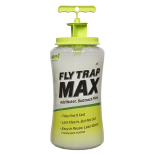 Fly Trap Max
Fly Trap Max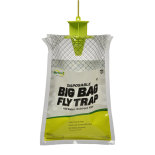 Fly Trap, Big Bag
Fly Trap, Big Bag 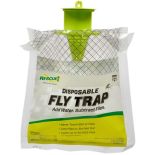 Fly Trap, Disposable
Fly Trap, Disposable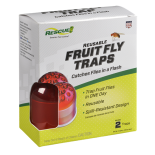 Fly Trap, Fruit Fly
Fly Trap, Fruit Fly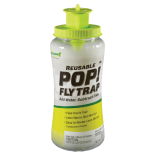 Fly Trap, POP! Fly
Fly Trap, POP! Fly 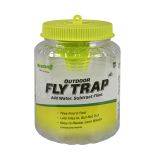 Fly Trap, Reusable
Fly Trap, Reusable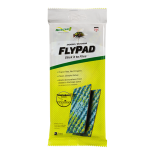 FlyPad
FlyPad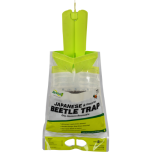 Japanese & Oriental Beetle Trap
Japanese & Oriental Beetle Trap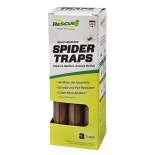 Spider Trap
Spider Trap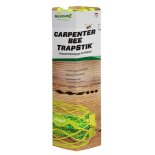 TrapStik, Carpenter Bee
TrapStik, Carpenter Bee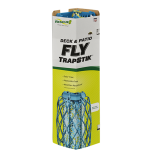 TrapStik, Deck & Patio Fly
TrapStik, Deck & Patio Fly 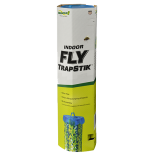 TrapStik, Indoor Fly
TrapStik, Indoor Fly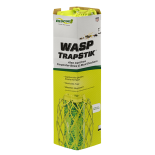 TrapStik, Wasp
TrapStik, Wasp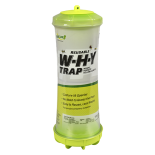 W·H·Y Trap for Wasps, Hornets & Yellowjackets
W·H·Y Trap for Wasps, Hornets & Yellowjackets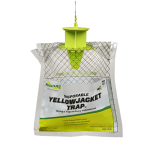 Yellowjacket Trap, Disposable
Yellowjacket Trap, Disposable 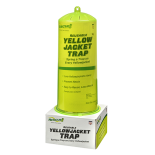 Yellowjacket Trap, Reusable
Yellowjacket Trap, Reusable 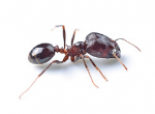 Ants
Ants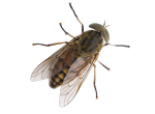 Biting Flies
Biting Flies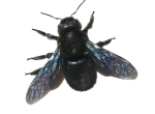 Carpenter Bees
Carpenter Bees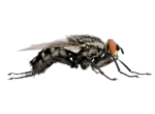 Flies
Flies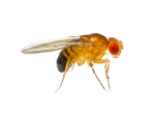 Fruit Flies
Fruit Flies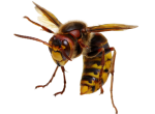 Hornets
Hornets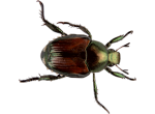 Japanese Beetles
Japanese Beetles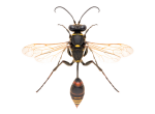 Mud Daubers
Mud Daubers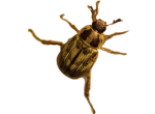 Oriental Beetles
Oriental Beetles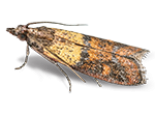 Birdseed & Pantry Moths
Birdseed & Pantry Moths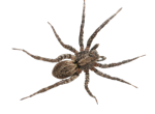 Spiders
Spiders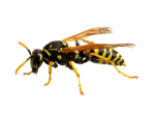 Wasps
Wasps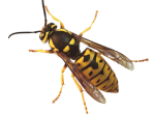 Yellowjackets
Yellowjackets